☆ PuniPuni Youtube ☆
Japanese Grammar – て- Form + いる – Review Notes
Today we will learn how to use the て-form (te-form) of verbs plus いる (iru) to express ongoing actions, repeated actions, and resultant states in Japanese!
………………………………………………………………………………..
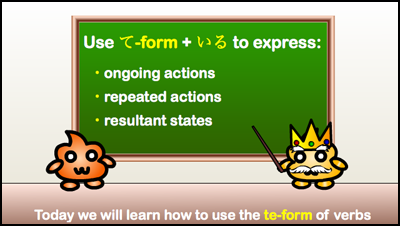
★ Today we will learn how to use the て-form (te-form) of verbs plus いる (iru) to express ongoing actions, repeated actions, and resultant states in Japanese!
………………………………………………………………………………..
How to make て-form of Verbs:
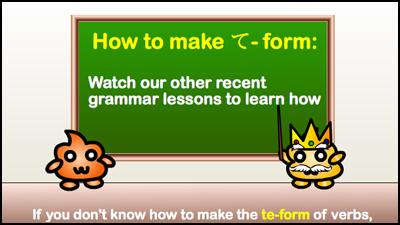
★ First, if you don’t know how to make the て-form (te-form) of verbs, please see this other lesson first.
………………………………………………………………………………..
て-form + いる to express ongoing actions:

★ One of the ways that you can use the pattern of て- form + いる (iru) is to express ongoing actions.
★ This is simple because it is similar to the “ing” in English (Present Progressive Form)
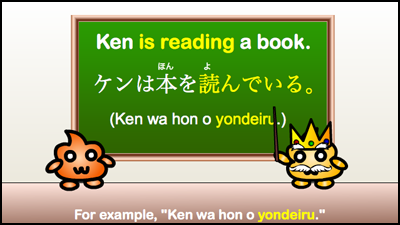
★ In the example above, you can see that the verb 読んでいる (yondeiru) – “to be reading” – is used to express an ongoing action.
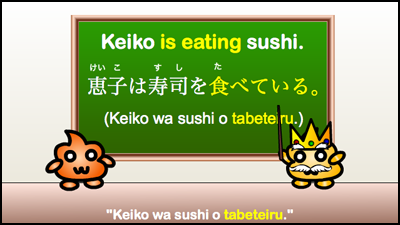
★ In the second example, you can see that the verb 食べている (tabeteiru) – “to be eating” – is also being used to express an ongoing action.
………………………………………………………………………………..
て-form + いる to express repeated actions:
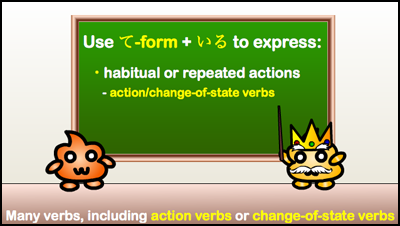
★ Many verbs, including action verbs or change-of-state verbs can be used to express habitual or repeated actions using て- form + いる (iru)

★ In the above example, the verb 勉強している (benkyō shiteiru – studying) plus the word 毎日 (mainichi – every day) indicates a habitual action of studying every day.
★ If it is easier to think of it this way, you can also translate this sentence as “I am studying Japanese everyday.” However, in English, it is more common to use the plain present tense for habitual actions.

★ In the above example, the verb 行っている (itteiru – going) plus the word 時々 (tokidoki – sometimes) indicates a habitual action of going somewhere every day.
★ Once again, if it is easier to think of it this way, you can translate this sentence as “Kris sometimes is going to school by bike.”
………………………………………………………………………………..
て-form + いる to express resultant states:
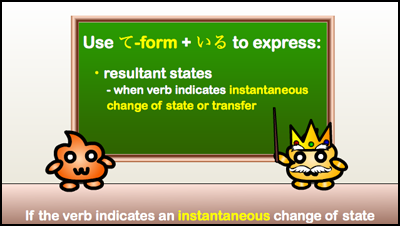
★ If the verb indicates an instantaneous change of state or transfer, then the て- form + いる (iru) will express a resultant state.
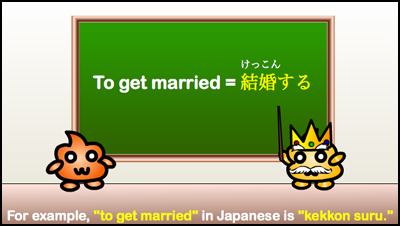
★ The verb “to get married” in Japanese is 結婚する (kekkon suru).
★ The action of getting married actually only lasts a moment, which is why we use 結婚している (kekkon shiteiru) – “to be married” in English – to express the result of getting married.
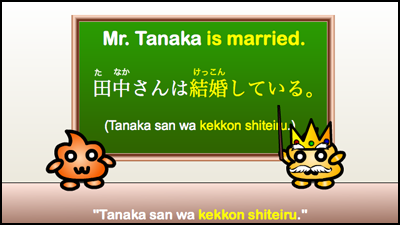
★ 田中さんは結婚している。
★ Tanaka san wa kekkon shiteiru.
★ Mr. Tanaka is married.

★ The verb “to become cloudy” in Japanese is 曇る (くもる – kumoru).
★ Since the action of becoming cloudy actually only lasts a moment, we use 曇っている (くもっている – kumotteiru) – “to be cloudy” in English – to express the result of becoming cloudy.

★ 今日は曇っている。
★ Kyō wa kumotteiru.
★ It’s cloudy today.

★ The verb phrase “to put on glasses” in Japanese is メガネをかける (megane o kakeru).
★ Since the action of putting on glasses actually only lasts a moment, we use メガネをかけている (megane o kaketeiru) – “to wear glasses” in English – to express the result of putting on glasses.
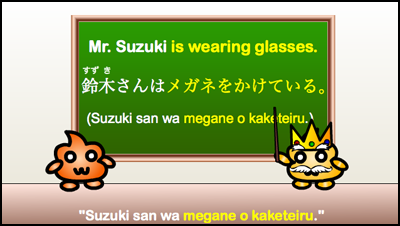
★ 鈴木さんはメガネをかけている。
★ Suzuki san wa megane o kaketeiru.
★ Mr. Suzuki is wearing glasses.
………………………………………………………………………………..
Additional Information:
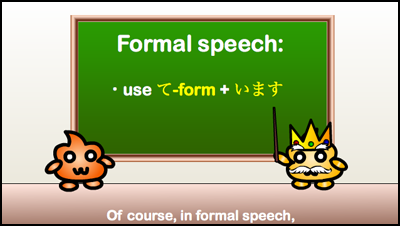
★ In formal speech, you can use the ます- form of いる which is います。If you don’t know about ます- form, please check out our other grammar lesson.
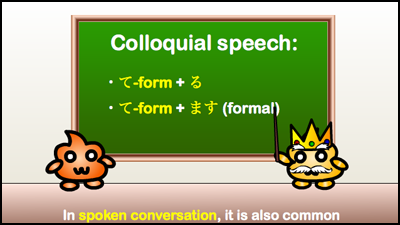
★ In spoken conversation, it is common to drop the い (i) and just use て- form plus る (ru) or て- form plus ます (masu).
………………………………………………………………………………..
Dropped い (i) Example Sentence:
……………………………………………………………………………….
今、テレビを見てる。
Ima, terebi o miteru.
I am watching TV now.
……………………………………………………………………………….
Conclusion:
That’s it for today’s Japanese grammar lesson! If you have any questions, please leave a comment below!
……………………………………………………………………………….
Do you want a Japanese tutor?
Take Japanese Skype Lessons with Professional Japanese Teachers on kakehashijapan.com!
………………………………………………………………………………..
………………………………………………………………………………..










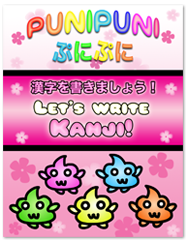


0 comments